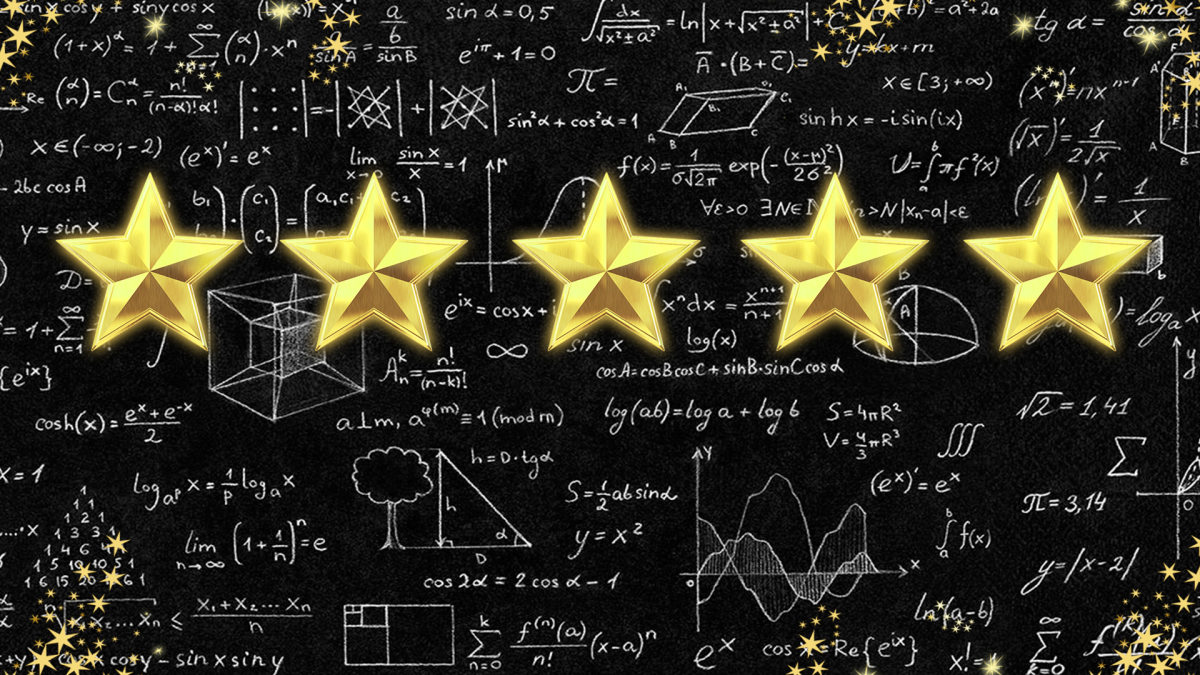Engage students with competitive activities. Students will be predicting measurements, collecting data, and determining the difference between the estimation and the actual. Students will create la
This lesson teaches graphing in a variety of ways and looks at how data can be made misleading. Students will begin with a story and creating a behavior over time graph. Then they will engage with the
Students will be divided into 6 groups, one for each of the major systems in the human body, and create a presentation to share with the rest of the class.
Day 2 of this lesson plan for 1st-grade students plays a crucial role in bridging theoretical understanding with hands-on experience. It deepens students' knowledge of pollination, emphasizing the
In Day 1 (of 3) of our exciting journey, students embark on a captivating exploration of the natural world, delving into the mysteries of plant life cycles and the essential role that bees play in
Students will focus sunlight through a pinhole onto a sheet of paper. Knowing the distance between the projection and the pinhole allows students to calculate the diameter of the Sun using ratios.
Imagine being stranded in the wilderness, far away from civilization, with nothing but your wits and a hatchet. You have to find a way to survive, to protect yourself from the elements, and to create
"Hatchet" by Gary Paulsen is a novel about a young boy named Brian Robeson who is stranded in the Canadian wilderness after a plane crash. While the book doesn't explicitly teach STEM principles, it
In this lesson, students will test Earth's gravity and how gravity affects objects of different masses. Students will see that mass does not have an effect but instead air resistance is what causes
This lesson aims to introduce the concept of equilibrium point by creating and revising a model. This hands-on lesson encourages students to explore the concepts of equilibrium and balance while
Students will be able to understand proportional relationships with rescaling a drawing. Students will be able to draw a reduced scale drawing and enlarged scale drawing in the end. Students will also
In this lesson, first-grade students will explore the concept of resource sharing in nature using dioramas. The lesson is designed to help students understand that living things, such as plants and
Ballooning Spider Phenomenon
Lesson Description: In this first-grade lesson, we will learn about the amazing world of spiders! We'll start by exploring the life cycle of a spider, from when it hatches to how it grows and changes
Use slow reveal graphs to get students thinking about data in graphs. Students also create graphs using online data or data they have generated. Interpret, analyze, predict using graphs.
In this lesson, students will first learn the importance of using reliable tools when gathering data in an experiment. When given common acidic and basic substances, students will then begin to
Students will create their roller coaster model, test the transfer of energy, measure the distance of how far their marble traveled and compare their distance to the distance of others. *Printable
In this lessons, students will work collaboratively to plan and prep the design of a roller coaster model. After planning a design, students will begin to prep the number of straight segments, curves
In this hands-on lesson, students learn about thermometers and determining the difference between Celsius and Fahrenheit. They create a table of temperature readings for a minimum of 10 days and find
Students will use the Engineering Design Process to plan and create the longest chain. Then they will use tools to measure their chains.
Welcome to Robot Relays, Part 2! In this engaging lesson, students program and maneuver Edison Robots through student-made relay courses. This is the 2nd lesson is a series of 2.
Welcome to Robot Relays: Construct the Course! In this engaging lesson, students will apply the engineering process to create a series of relay challenges for their robots.
In this hands-on lesson, students will create a sourdough starter to help them explore the wonders of fermentation.
In this hands-on lesson, students will learn about polarization by doing investigations. Students explore light and experience seeing through polarized filters!
Students will use multiplication and will measure the area of a lot. This lesson plan uses the standards in science about plants, its size and structure. The leaf size is the focus of this lesson in
Featured Lesson Plans
Check out these notable lesson plans.

Animals and Resources: Lesson 1
This is lesson 1 of the Life Science Unit. Links to all lessons included! In this lesson, students engineer a bird feeder to help birds access resources to survive. Optional fiction read-alouds

Quail Farming
Students will learn about the three pillars of sustainability through their quail farm. They will incubate, raise and restock their quails in order for them to be sustainable regardless of what

Ozobot Karaoke
In this lesson, students will combine the fields of coding and robotics with music to program an Ozobot to "sing" a familiar song. Students will learn about music concepts such as notes and octaves
